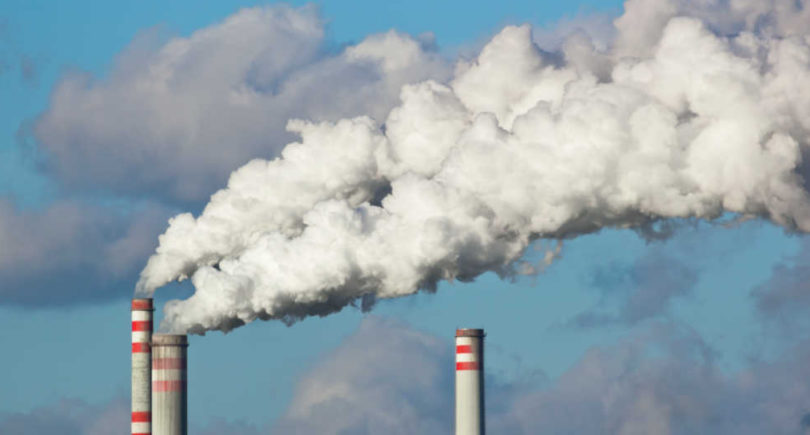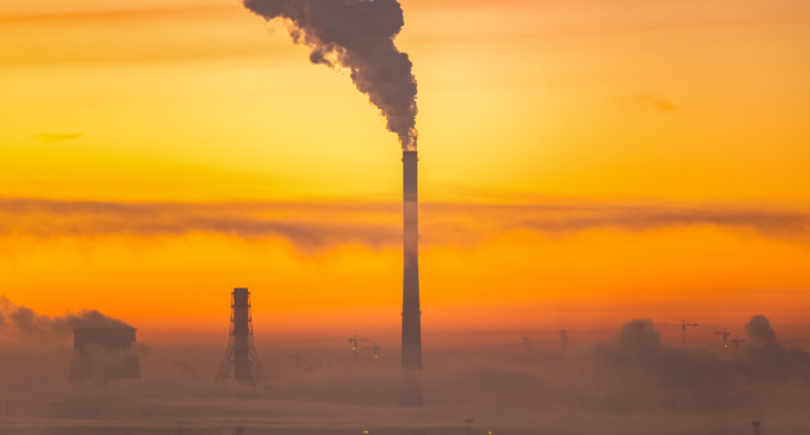
News Green steel China 2939 02 June 2024
The government's plan is to reduce these volumes by about 1% of the 2023 figure
In 2024-2025, China intends to reduce carbon emissions in key industrial sectors by an amount roughly equivalent to 1% of the national figure for 2023, Reuters reports.
This is stipulated in the government’s plan, and the goals are to be achieved by increasing efficiency in all areas, from steel production to transportation.
The country also aims to reduce energy consumption and carbon dioxide emissions per unit of GDP by about 2.5% and 3.9%, respectively, in 2024.
China’s CO2 emissions, according to analysts, could peak in 2023, reflecting a halt in oil demand growth and the expansion of wind, solar and wind power generation. The country’s official goal remains to reach a peak in CO2 emissions by 2030.
The plan reiterates that non-fossil energy sources should account for about 20% of China’s total energy consumption in 2025, up from 18.9% this year.
China will “strictly” control coal consumption and “reasonably” control oil consumption; promote the use of biofuels and environmentally friendly jet fuel. As for natural gas, the government is calling for accelerated development of resources such as shale gas and coalbed methane to increase domestic supplies.
The plan envisages the construction of large-scale renewable energy complexes and the development of offshore wind power. Thus, by 2025, non-fossil energy sources should account for about 39% of total electricity production, up from 33.9% in 2020. China has also announced that it will increase the cap on the use of renewable energy sources from 5% to 10%.
In early April 2024, China offered to finance projects worth up to 100 million yuan ($13.8 million) to accelerate progress in new emission reduction technologies targeting various sectors. It is expected to support the transformation of energy conservation and carbon emissions reduction in key industries and areas such as electricity, metallurgy, non-ferrous metals, building materials, chemicals and coke, and others.




